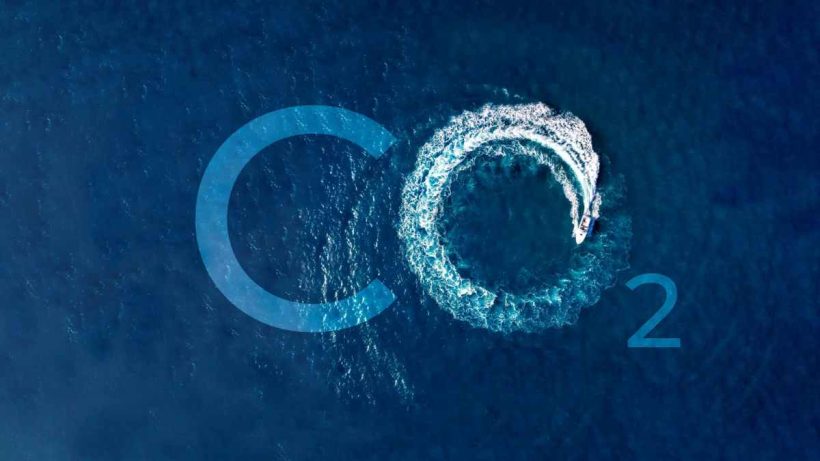As the planet warms due to artificial greenhouse gas (GHG) emissions, many industries are banding together to reevaluate their current practices. Among these, decarbonization is a fundamental approach that you may be familiar with. The term “decarbonization” refers to decreasing emissions of greenhouse gases (GHGs) via reducing CO2 production. Sustainable, low-carbon energy and fuel sources must be implemented. The marine industry is only one of several that is trying to figure out how to reduce its carbon footprint rapidly. With its central position in international trade and supply chains, the marine sector must be decarbonized first if the world economy is to be freed from carbon emissions. Over four trillion dollars’ worth of products, including food, clothing, building materials, medicine, and more, are shipped yearly by extensive transport and cargo ships. These massive container ships can span the length of five city blocks and vehicles upwards of twenty thousand shipping containers at once. They carry almost 80% of the volume of international trade between countries.
More than a billion tons of greenhouse gas emissions, or about 3 percent of global emissions, are released into the atmosphere by these ships every year. According to underwater robotics, emissions are predicted to increase over the next few decades if business as usual continues.
To reduce greenhouse gas emissions by at least half from a 2008 baseline by the year 2050, the International Maritime Organization (IMO), an international institution responsible for shipping regulation, set an ambitious goal in 2018. To achieve this goal, we must abandon diesel and heavy fuel oil derived from petroleum. It’s time to switch to alternative fuels and increase energy efficiency. To successfully traverse this once-in-a-century energy transition, swift action and cooperation are needed across numerous stakeholders throughout the marine sector, government, and research and academic institutions.
Setting a Course for Decarbonization in the Oceans: The advantages
Decarbonizing the maritime industry is essential for environmental sustainability, human health, and economic growth. Among the many benefits of a greener maritime future are those listed below.
1. Cleaner air
Cargo ships’ use of heavy oil fuel eliminates sulfur dioxide, a dangerous pollutant linked to acid rain, respiratory ailments, and premature morbidity and mortality. They already contribute to global warming by emitting carbon dioxide and methane. If the maritime industry made the switch to cleaner fuels, it would significantly reduce its contribution to air pollution.
2. Second, purer water.
Scrubbers are devices used to clean exhaust gas by removing sulfur oxides (SOx) before it is released into the environment. As a result, the water is purified and the content of sulfur is kept below international guidelines. The use of salt water to remove sulfur from exhaust fumes results in the discharge of polluted water back into the ocean. Another pollutant emitted by ships is nitrogen oxide (NOx), which contributes to toxic algal blooms in coastal waterways and interior lakes. Scrubber discharge water and NOx emissions would be reduced or eliminated entirely if cleaner alternative fuels were used.
3.Economic growth
Many countries in development need to use the renewable energy sources they have in plenty to boost their economies. This presents a fantastic opportunity to enhance the industrial infrastructure of these countries and upgrade their energy systems, while also significantly decreasing the global environmental impacts of our transportation networks.
In conclusion, decarbonization is crucial to ensure safe maritime and minimize climatic changes. However, If nothing is done, the IMO predicts that 2050 maritime emissions will have increased by 90% and 130% compared to 2008 levels. The world economy would be boosted if we switched now and could prevent the worst consequences of sticking with heavy oil fuel.
Laila Azzahra is a professional writer and blogger that loves to write about technology, business, entertainment, science, and health.
